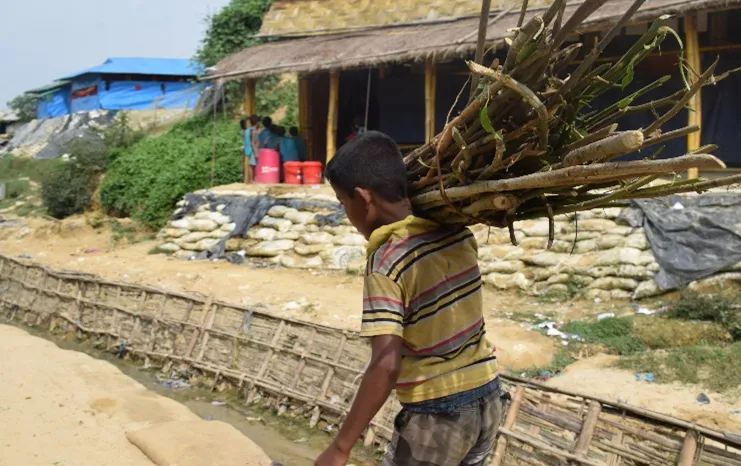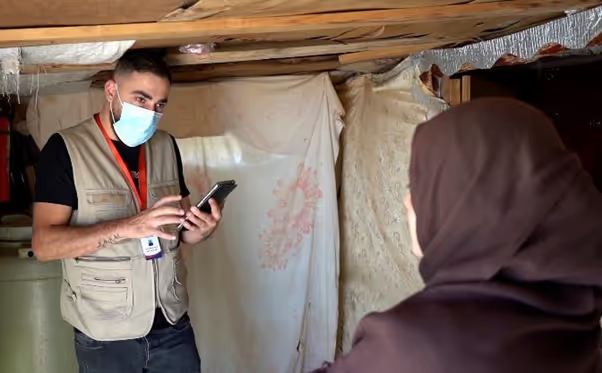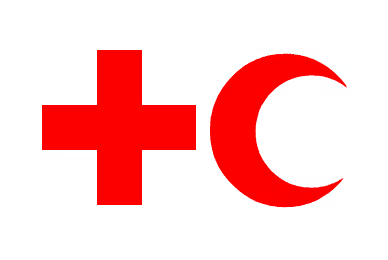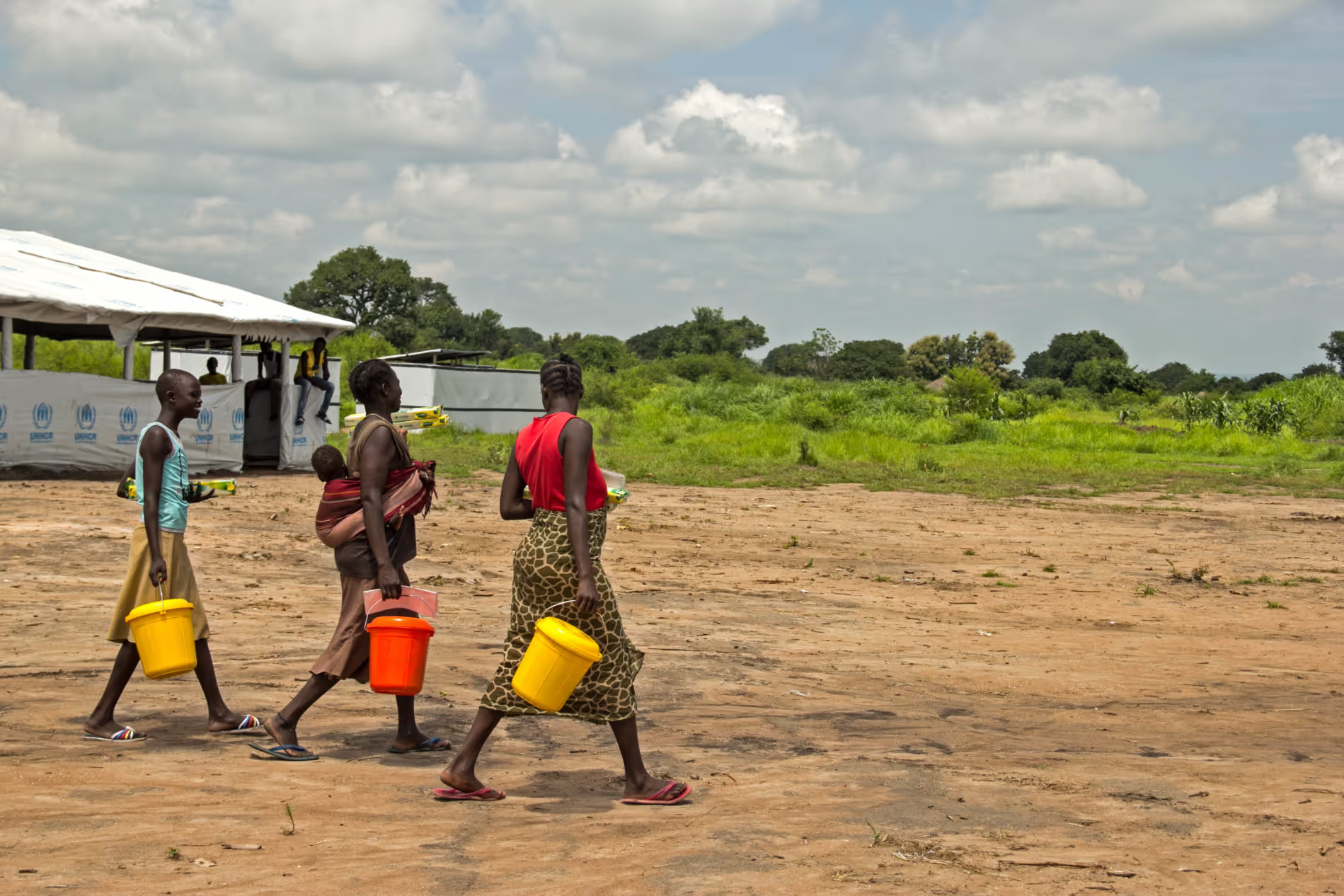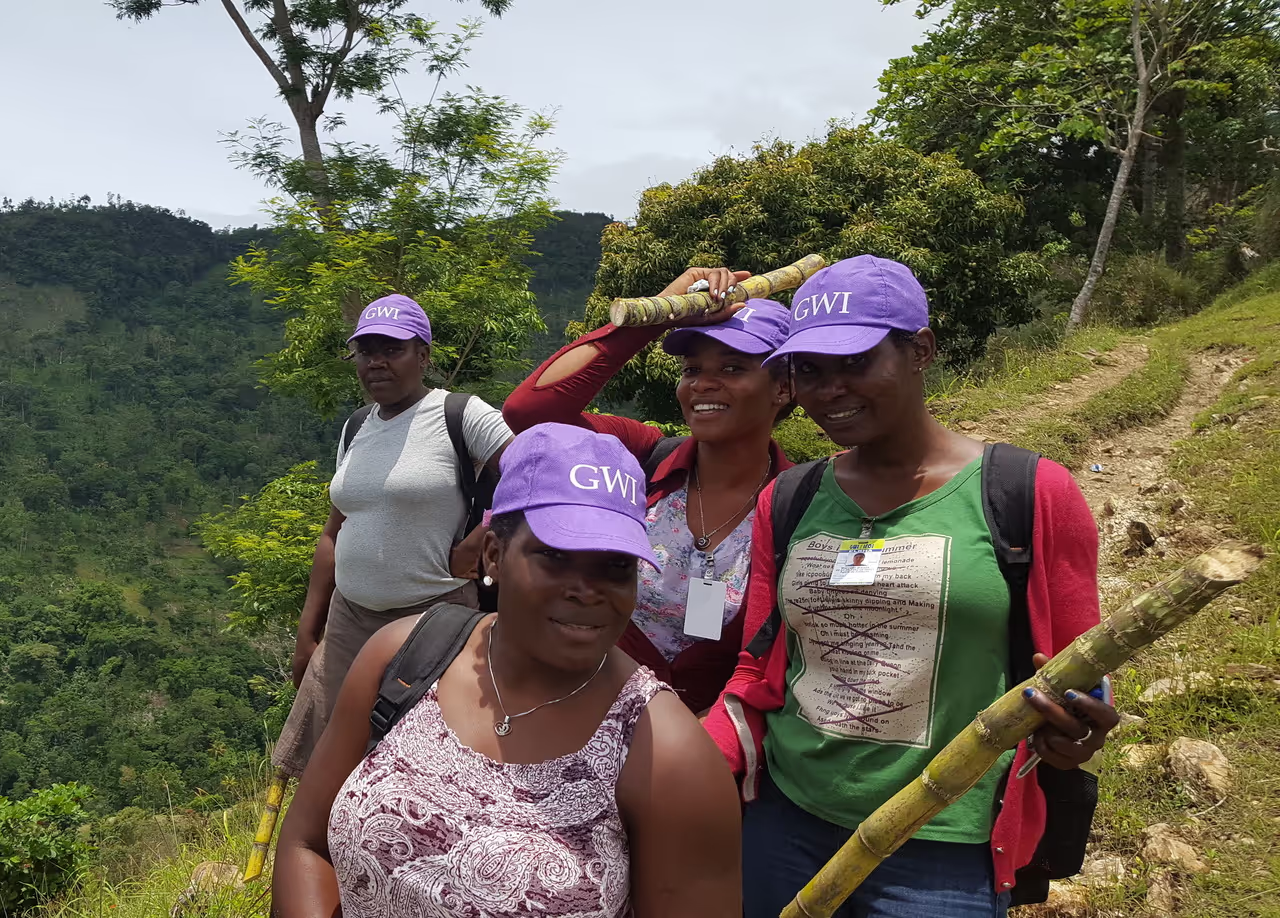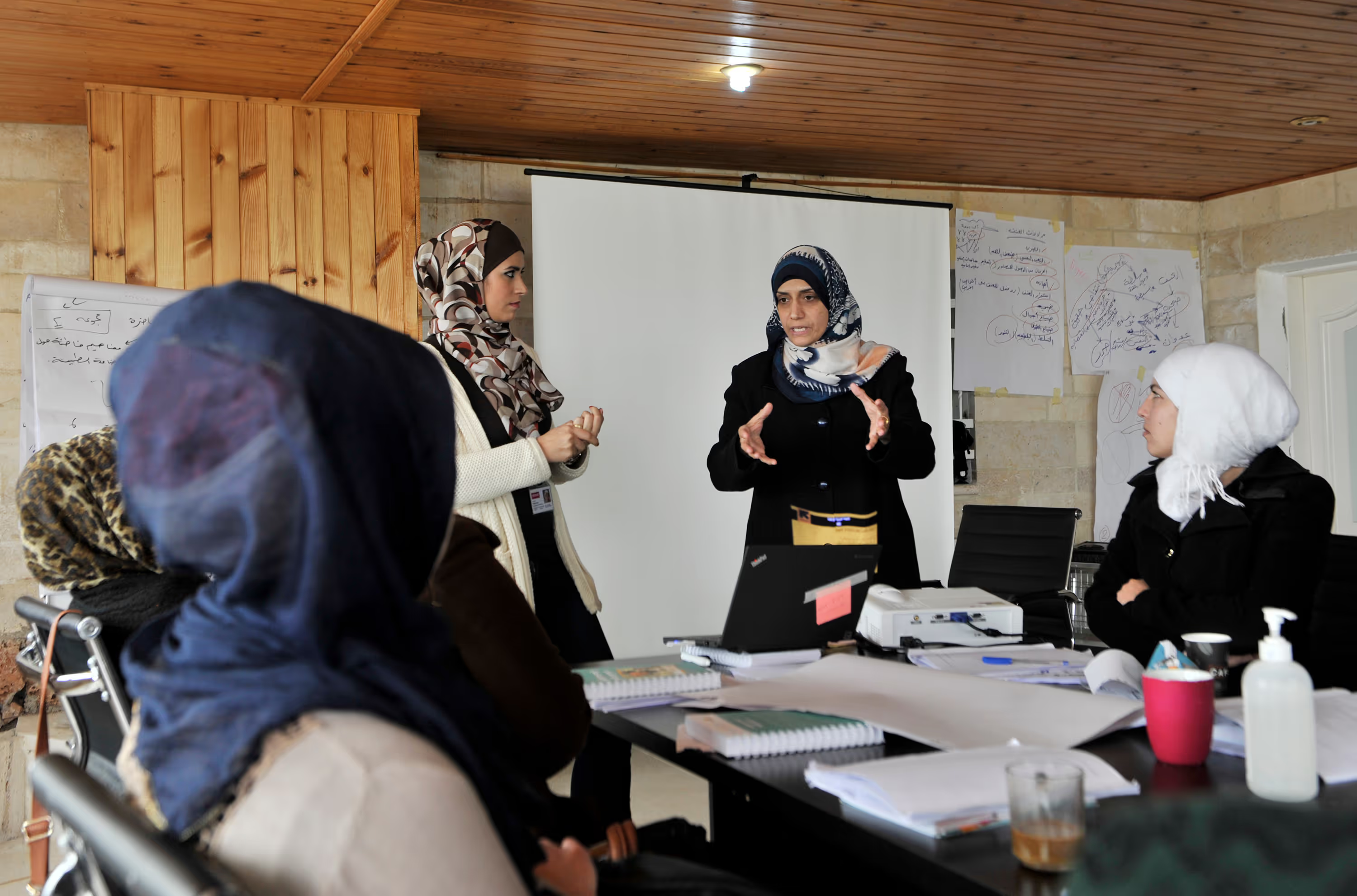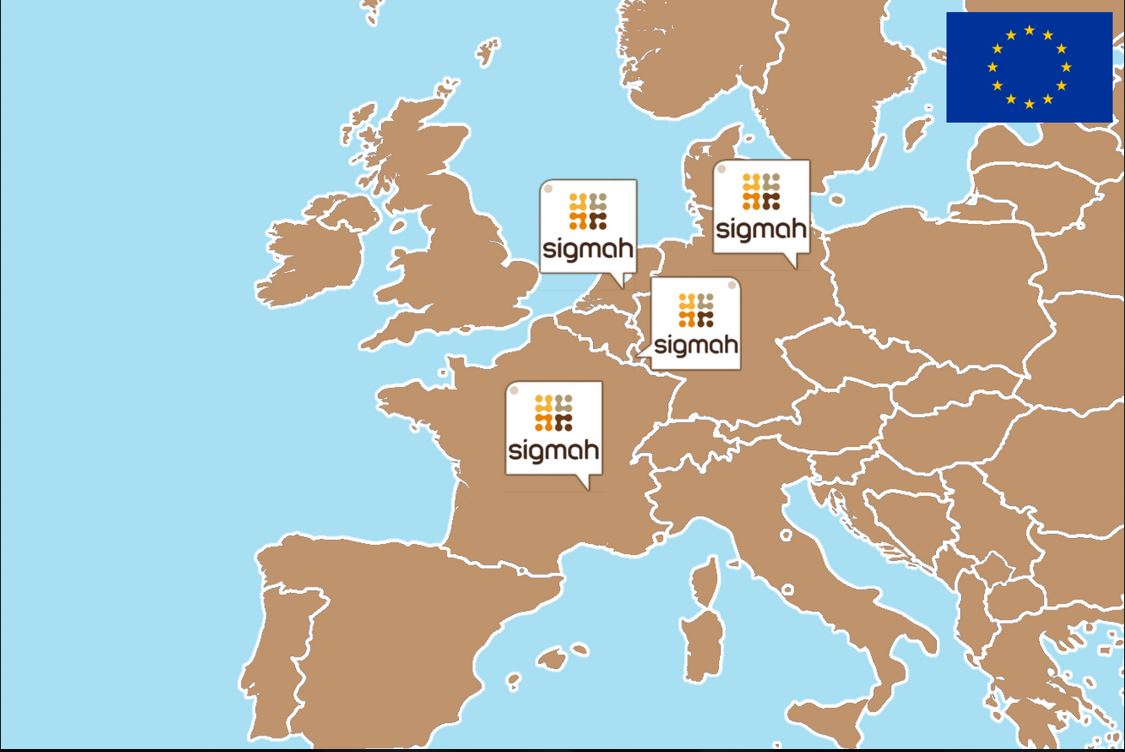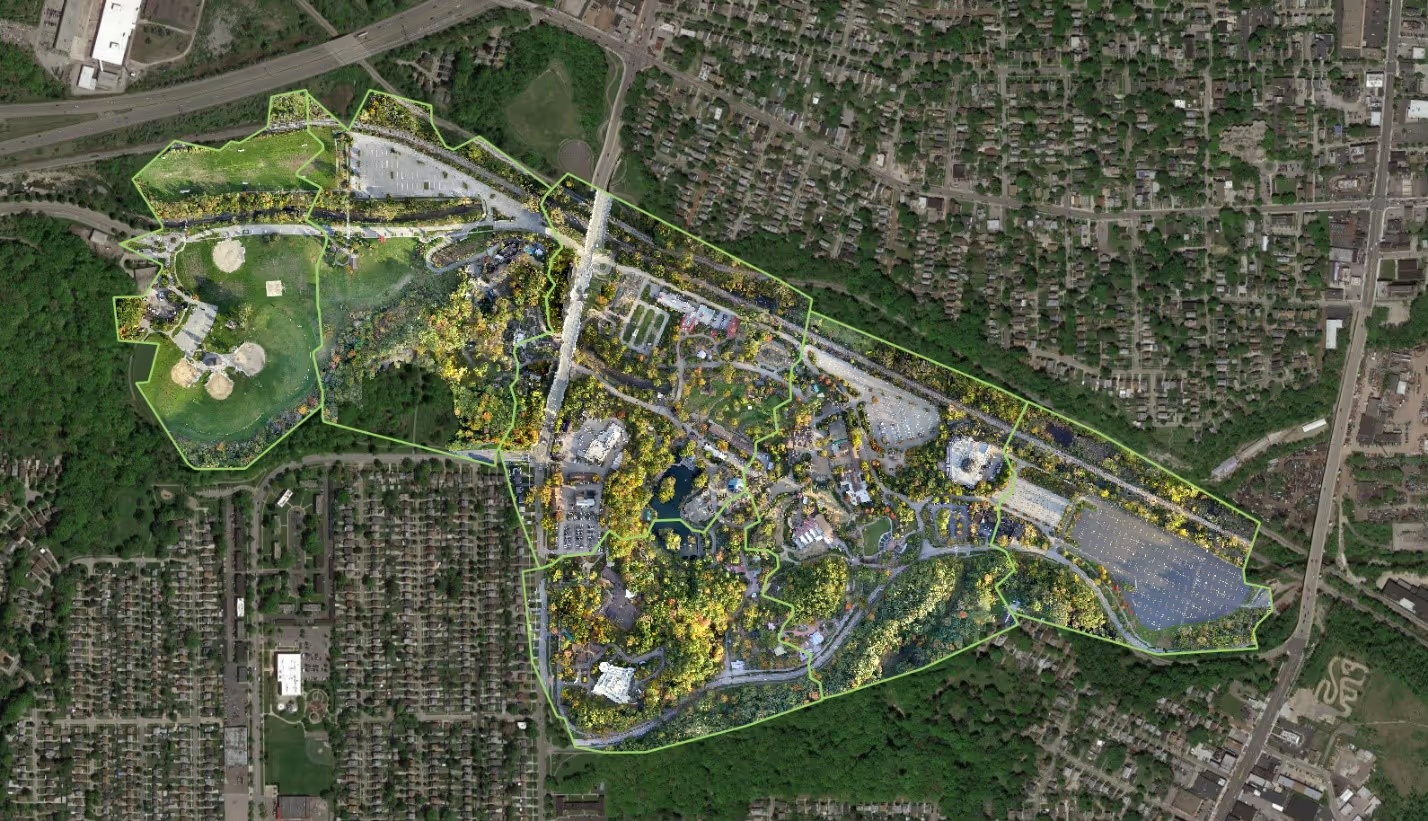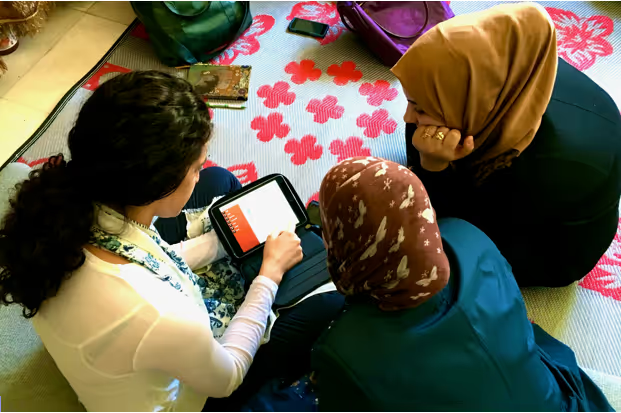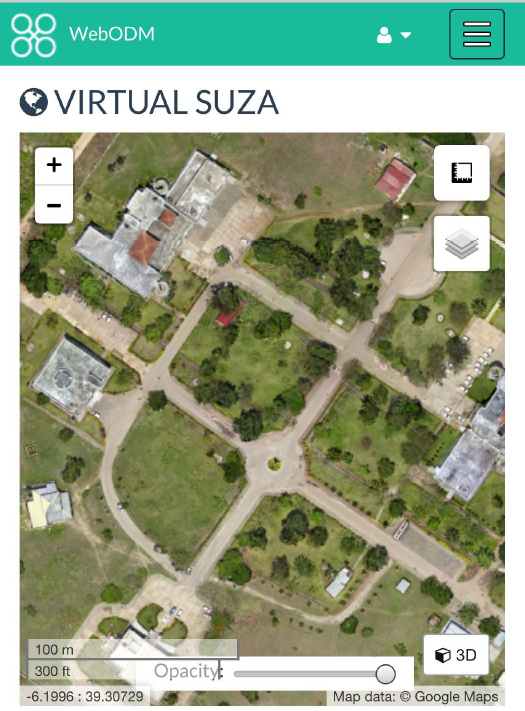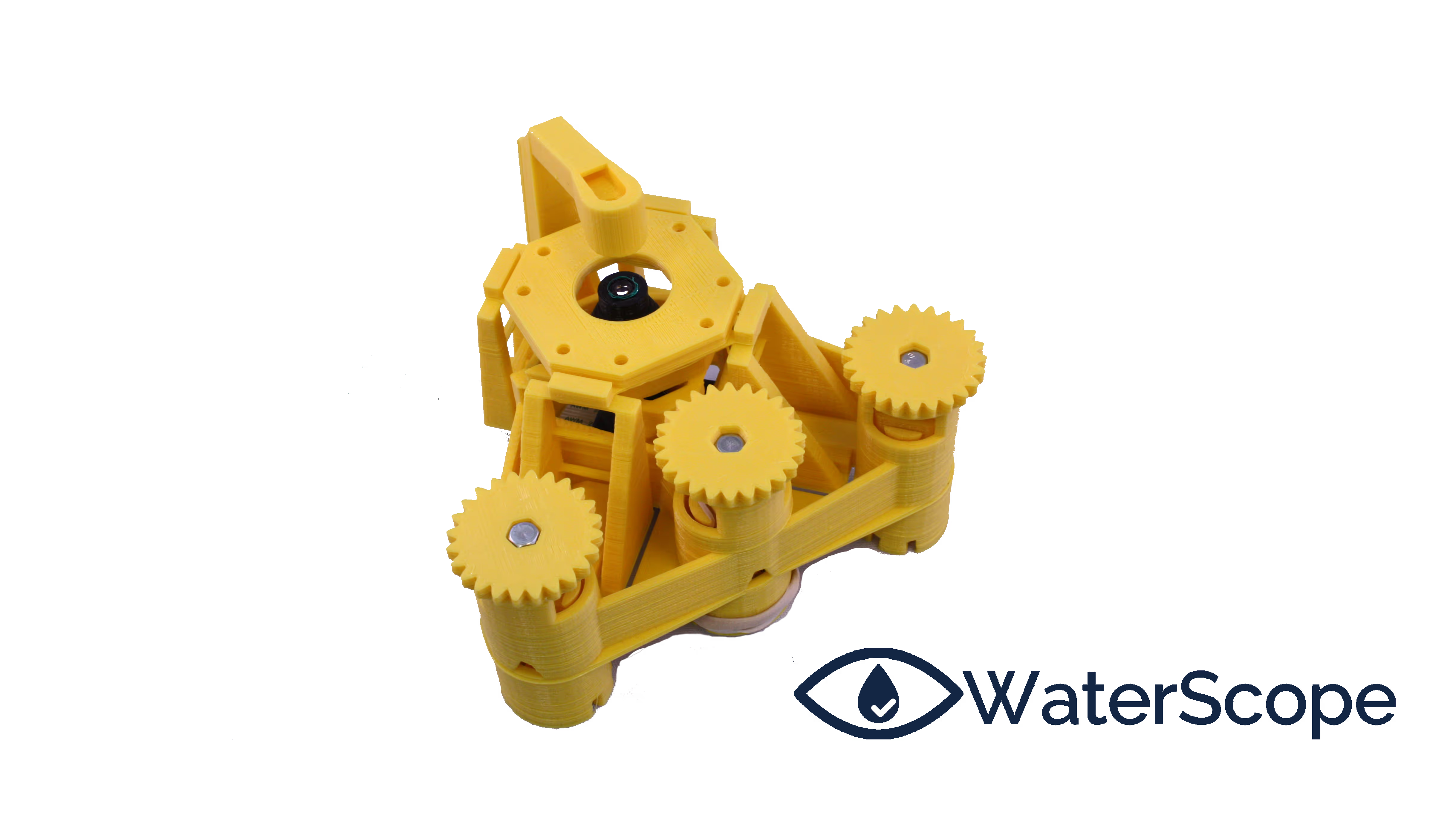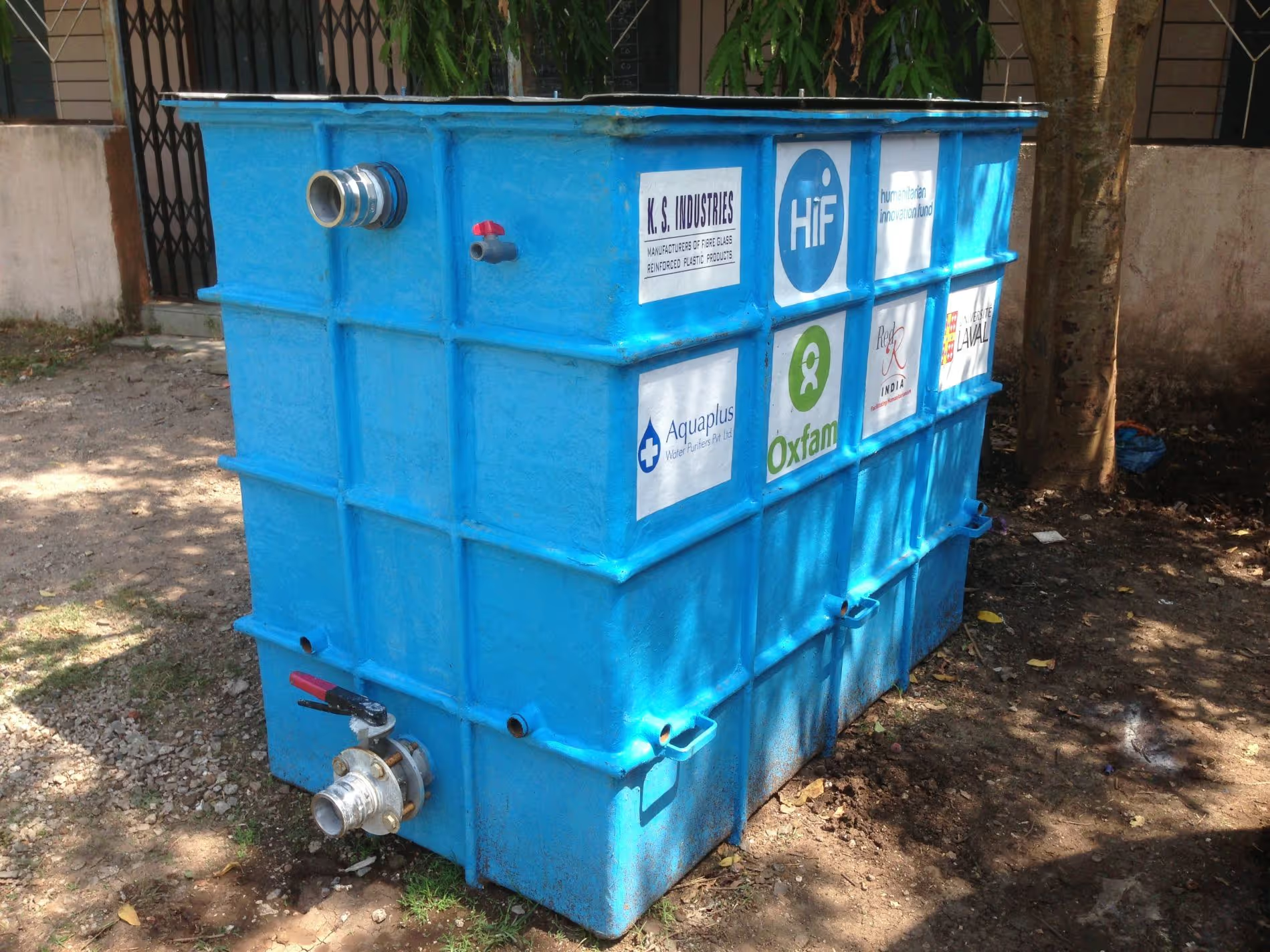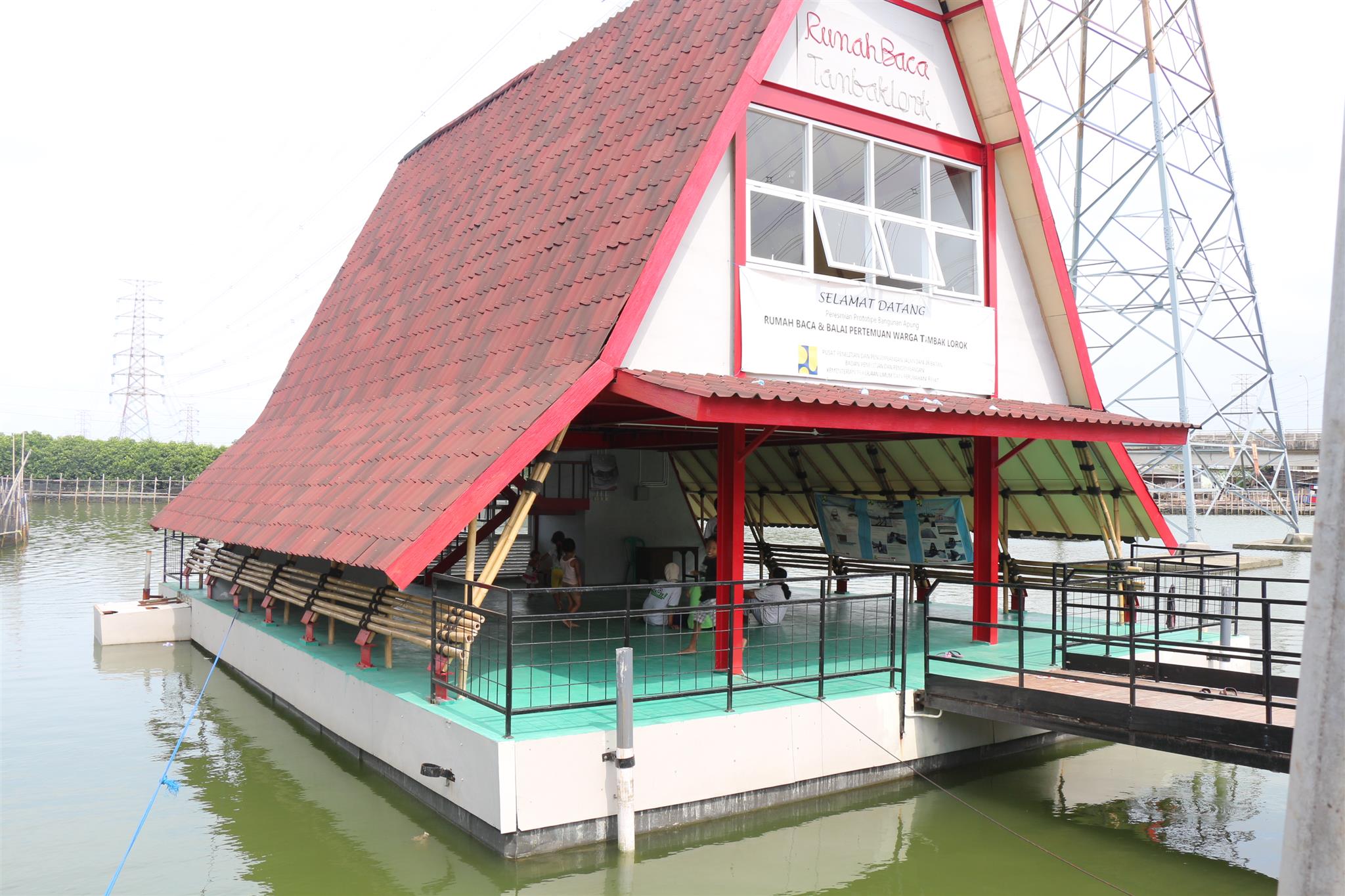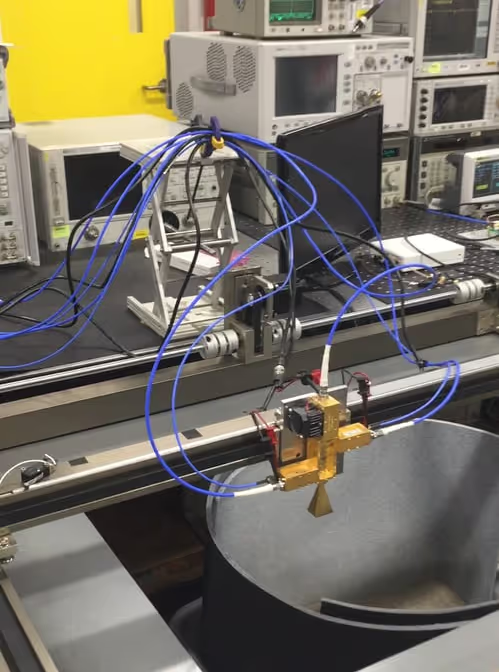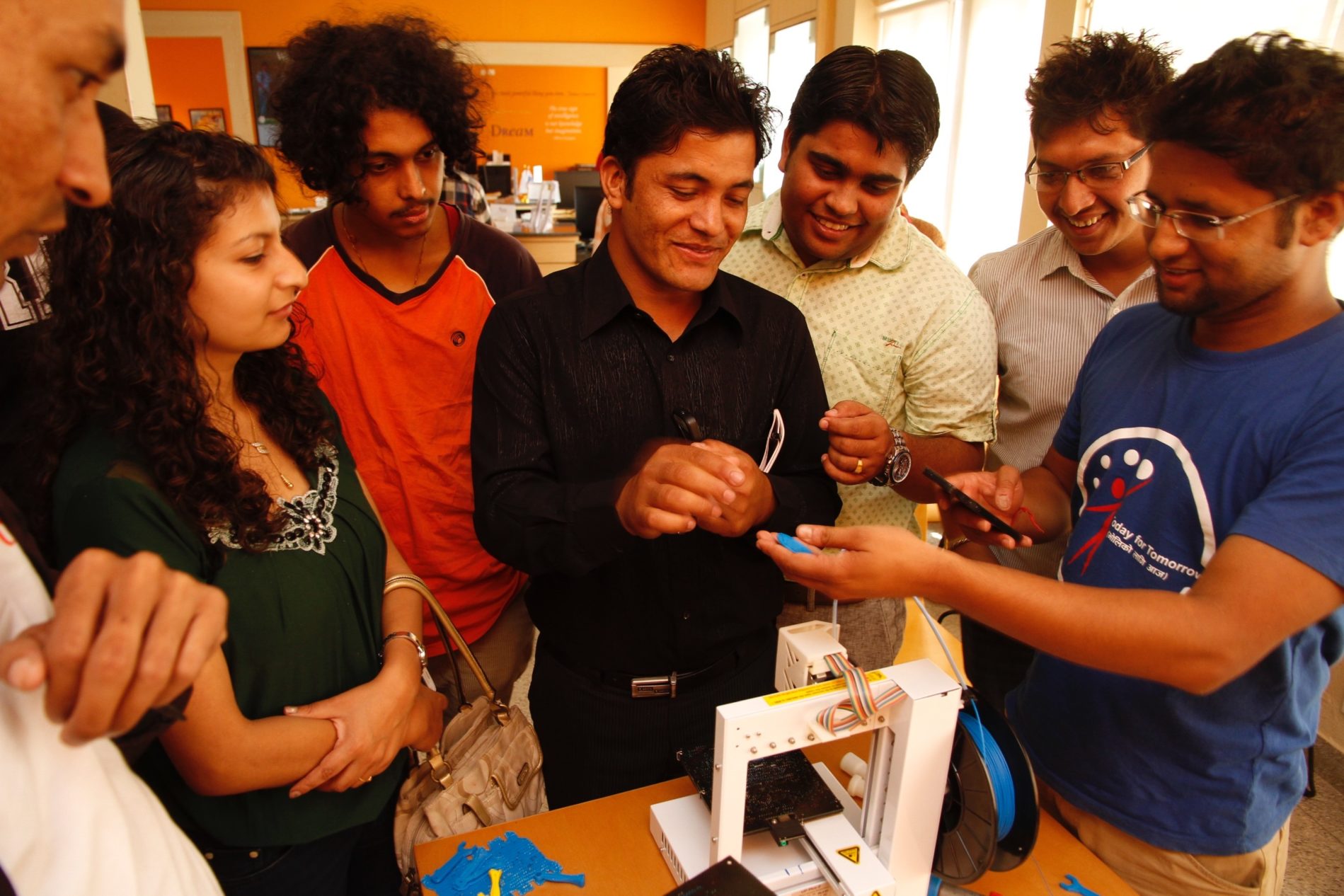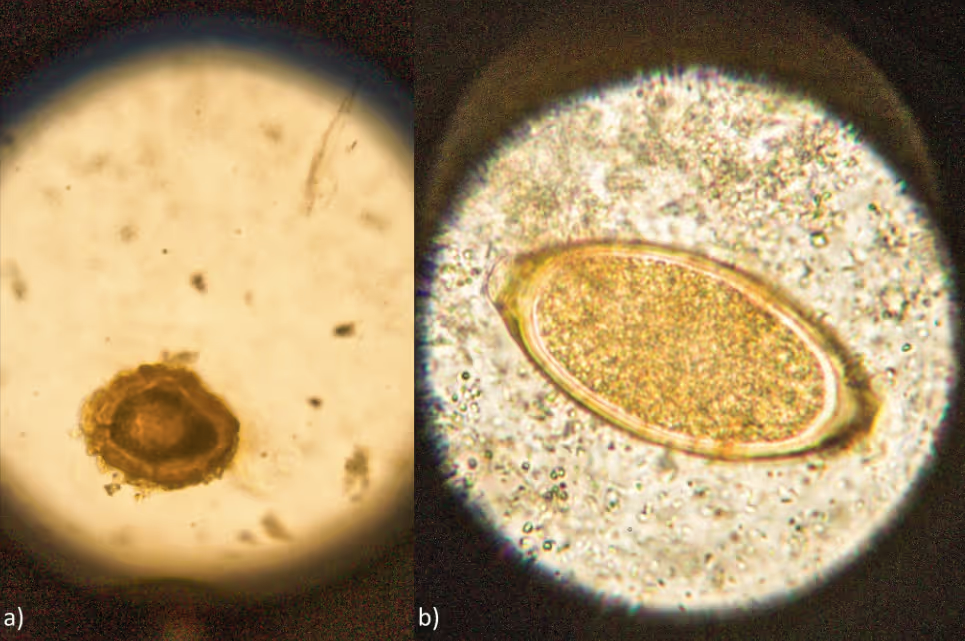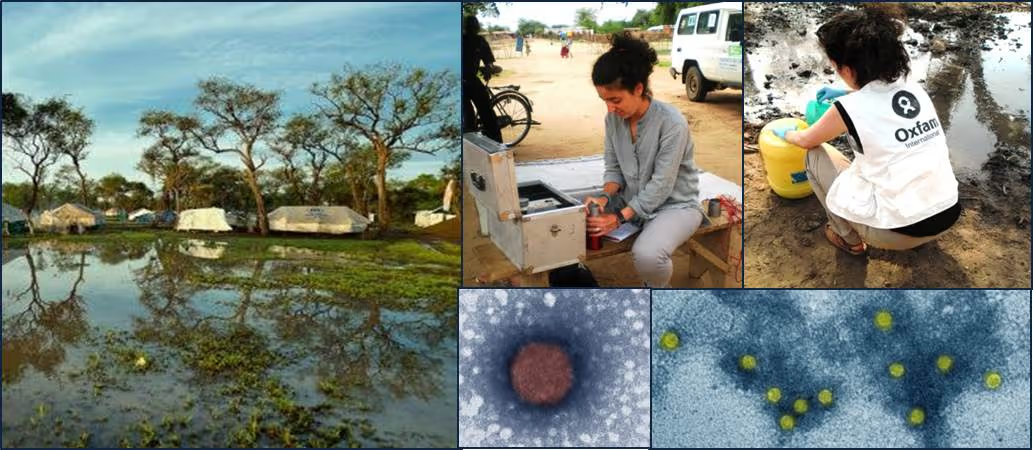R2HC in numbers
We’ve achieved a lot in the first decade of R2HC. Here’s a snapshot of where we focus our efforts.
Our research studies
These six short blogs tell our story. We explore and reflect on topics that have played a key role in shaping the programme, and continue to inform our future direction.
77
Studies funded through annual open funding calls
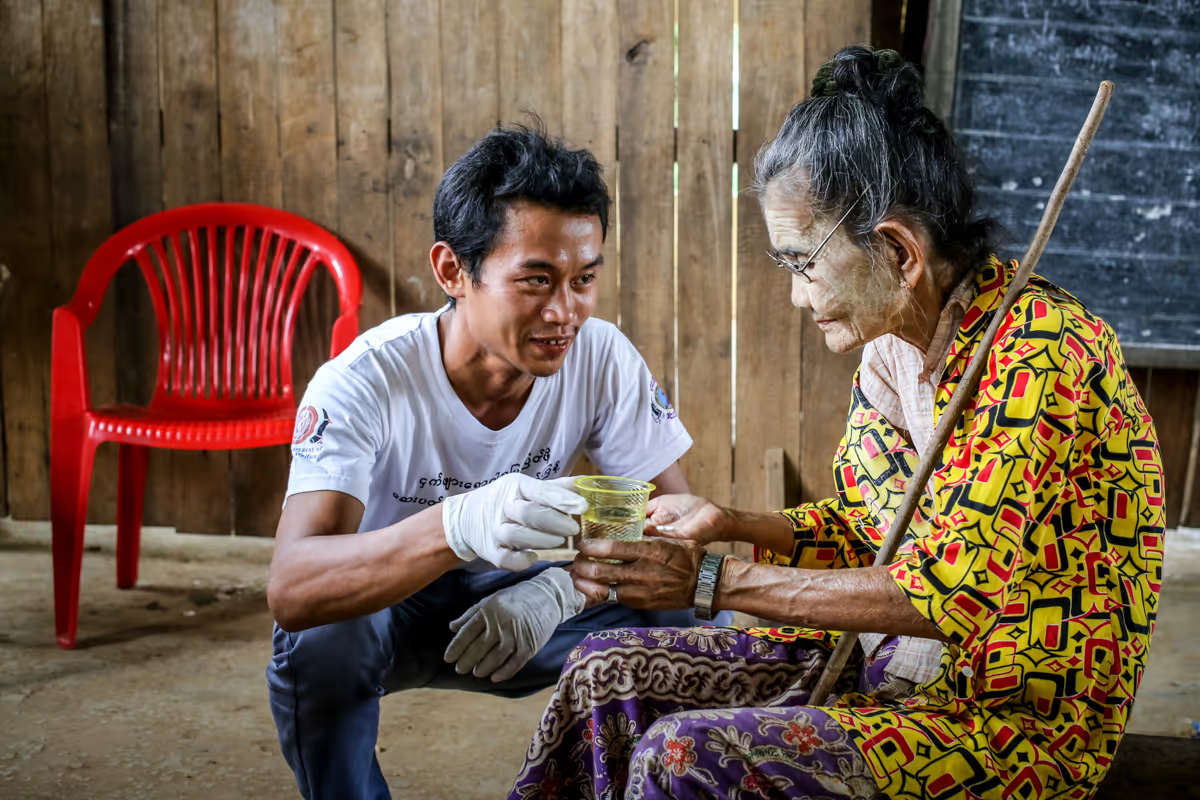
32
Studies funded through responsive or thematic funding calls
Number of studies funded, by focus area
R2HC grantees, by organisation type
Who and where we fund
Our purpose is clear: to empower the humanitarian community to improve humanitarian response. We make this happen by supporting and championing the outcomes of robust research across the world.
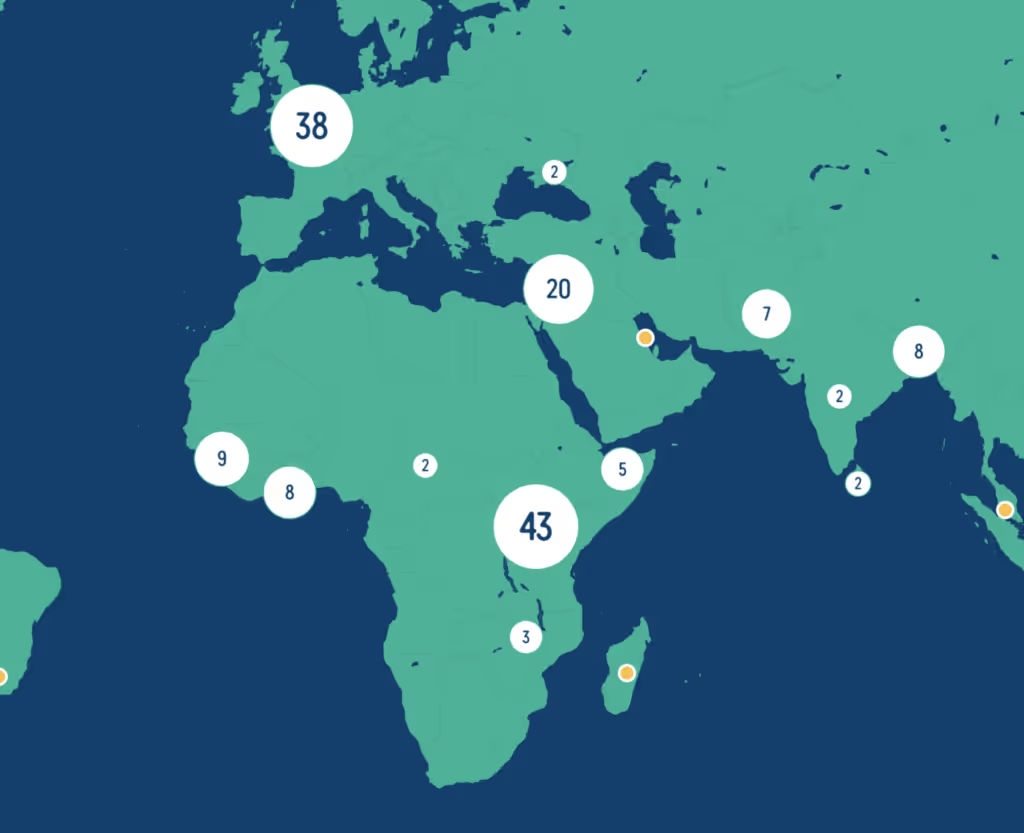
Research outputs
Research outputs summarise the findings and implications for humanitarian operational organisations.

196
Peer-reviewed publications
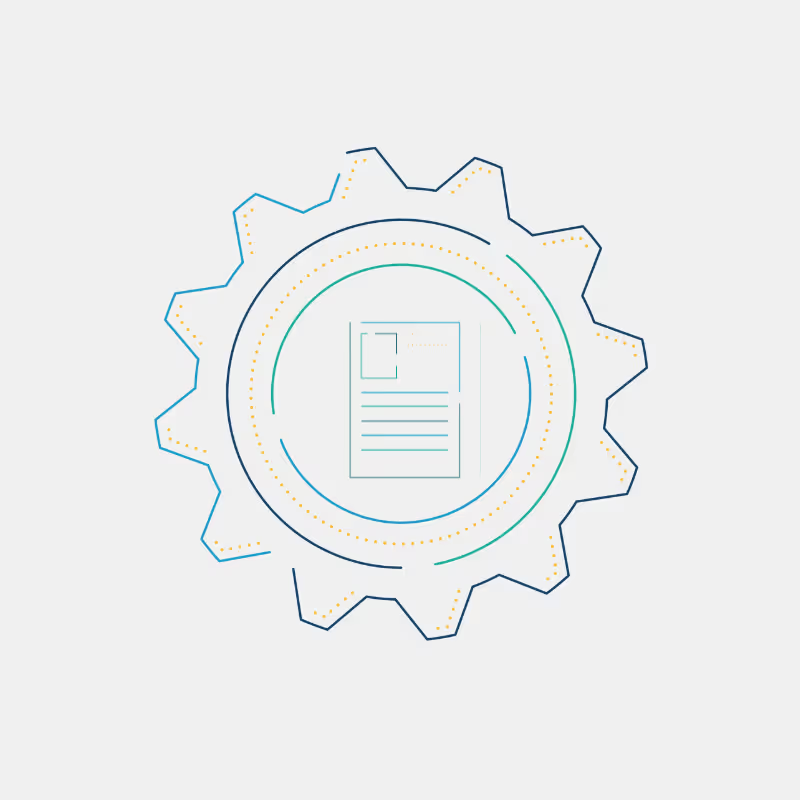
7,578
Citations

106
Grey literature outputs

45
Research snapshots

20
Impact case studies
Our key publications
Our resources support the humanitarian health research community to respond to evidence gaps and deliver high-quality research.
Text Link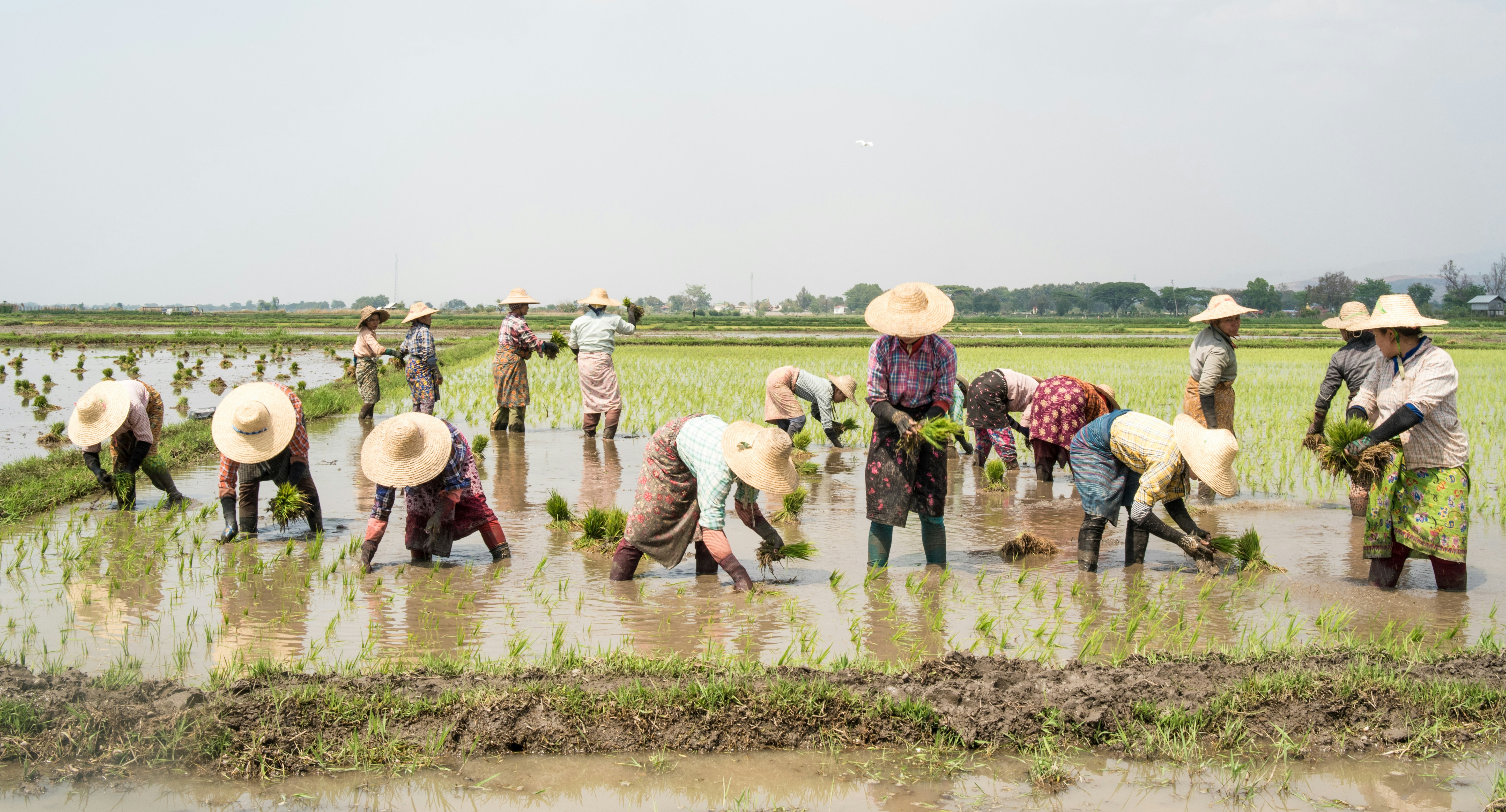


Research Snapshot: Strengthening social cohesion through psychosocial interventions in Myanmar
Text Link

Randomised clinical trial investigating memory training for recovery-adolescents in addressing psychiatric concerns among adolescents in Iraq
Text Link

Incidence and safety of abortion in two humanitarian settings in Uganda and Kenya: a respondent-driven sampling study
Text Link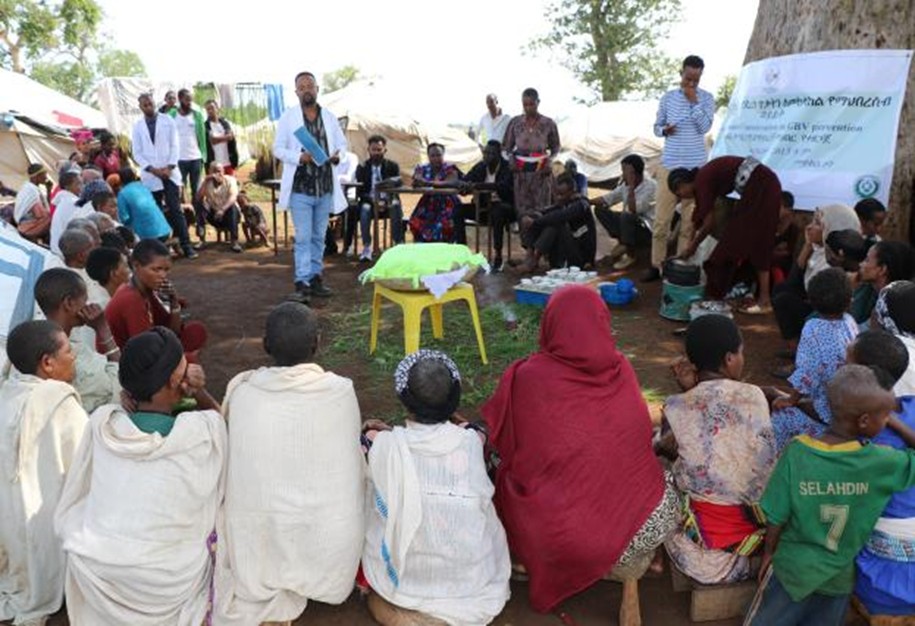


Research Snapshot: Strengthening access to comprehensive abortion care in conflict-affected settings
Text Link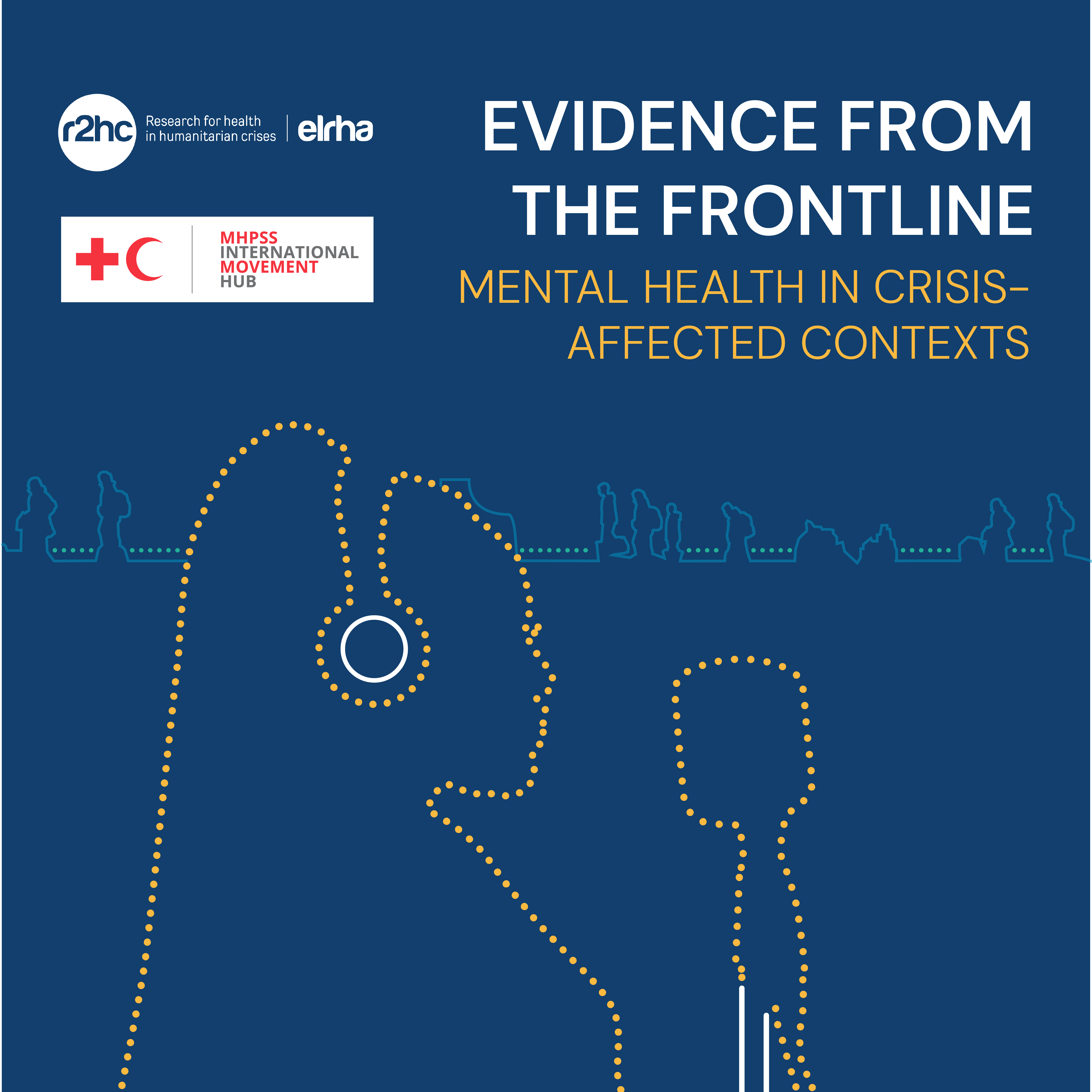


Evidence from the frontline: Mental health in crisis affected contexts, episode 2: Child friendly spaces
Text Link

Research Snapshot: Legal status and healthcare access for Venezuelan migrant women in Colombia
Text Link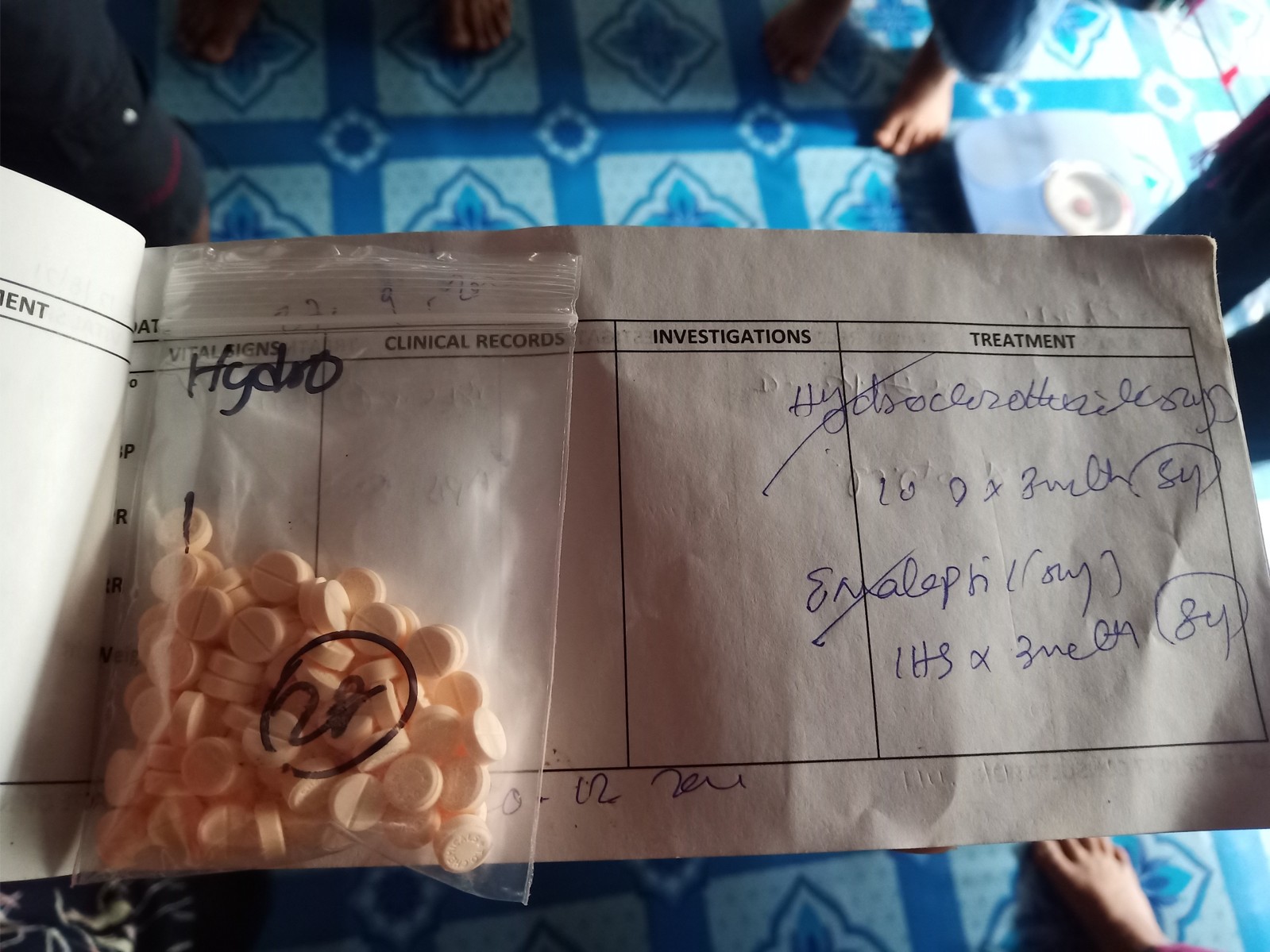


Research Snapshot: Can a mental health intervention help people in humanitarian settings manage chronic diseases?
Text Link

Effect of a safe and dignified burial intervention on Ebola virus transmission in the eastern Democratic Republic of the Congo, 2018–19: a propensity score analysis
Text Link

Optimising management of uncomplicated acute malnutrition in children in rural Niger: a 3-arm individually randomised, controlled, noninferiority trial
Text Link

Effectiveness of pneumococcal vaccination campaigns in humanitarian settings: a modelling study
Text Link

“I am a young Venezuelan woman who left her country”: exploring the drivers of Venezuelan migration and how the migration experience impacts adolescent girls’ aspirations
Text Link

Evaluating chlorine taste and odor acceptability to inform drinking water chlorination in humanitarian settings: Lessons from trials in Uganda
Text Link

Breaking Barriers: Strategies to Improve the Health of Migrant Women and Children in Colombia
Text Link

Cluster randomised trial of the implementation of the Responses to Illness Severity Quantification (RISQ) system in children with acute malnutrition 6 to 59 months of age in Ngouri, Chad: the CRIMSON trial protocol
Text Link

Disparities in healthcare-seeking behaviors and associated costs between Venezuelan migrants and Colombians residing in Colombia
Text Link

Integration of psychological interventions in multi-sectoral humanitarian programmes: a systematic review
Text Link

Scaling up mental health service provision through multisectoral integration: A qualitative analysis of factors shaping delivery and uptake among South Sudanese refugees and healthcare workers in Uganda
Text Link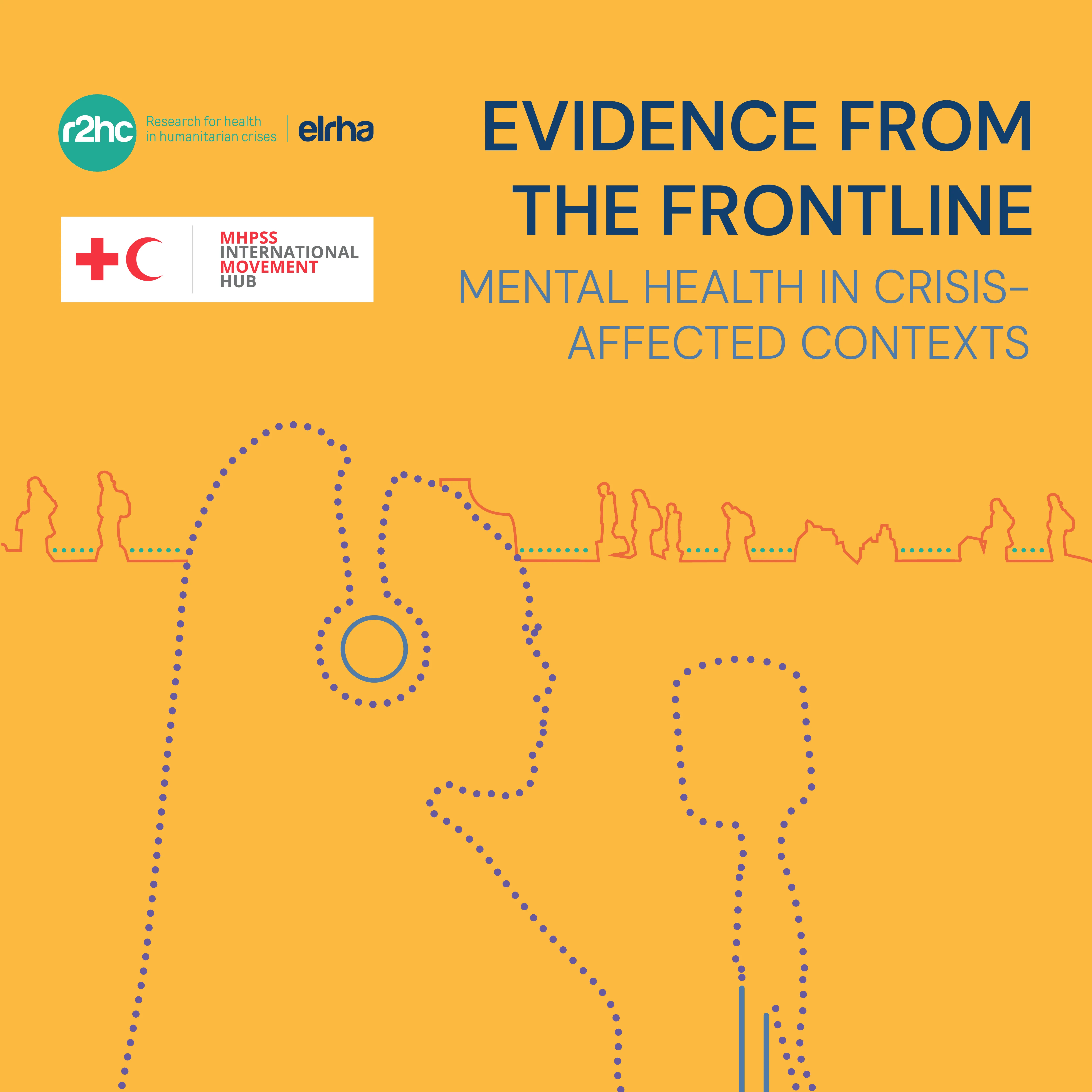


Evidence from the frontline: Mental health in crisis affected contexts, episode 1: Self-Help Plus
Text Link

Management of inclusive data for Merapi volcano eruption risk areas using participatory action research (PAR) with the perspective of women, the elderly, and persons with disabilities
Text Link

Handwashing with soap and influencing factors in crisis-affected refugee populations in Kenya and Uganda
Text Link

Demographic and clinical associations with miscarriage and unsuccessful conception attempts among female Syrian refugees in Lebanon
Text Link

Evidence brief: Enhancing the delivery of comprehensive abortion care in humanitairan settings, Ethiopia
Text Link

Effectiveness of the Jengu Handwashing Facility to Increase Handwashing with Soap among Crisis-affected Populations in Kenya and Uganda
Text Link

Policy Brief: Strengthening Social Cohesion through Psychosocial Interventions in Conflict-Affected Myanmar
Text Link

Policy Brief: Violences envers le personnelsoignant dans la province du Sud-Kivu, est de la RDC
Text Link

Scalable Technology for Adolescents and Youth to Reduce Stress in the Treatment of Common Mental Disorders in Jordan: Protocol for a Randomized Controlled Trial
Text Link

Evaluation of a Guided Chatbot Intervention for Young People in Jordan: Feasibility Randomized Controlled Trial
Text Link

Research priorities for cardiometabolic syndrome in humanitarian settings: A global consensus-based agenda
Text Link

Mental and behavioral health problems among displaced Myanmar adults exhibiting suboptimal adherence to chronic disease medication treatment in Thailand
Text Link

Family formation among adolescent Rohingya refugees; Trajectories into adolescent marriage and childbearing in Cox’s Bazaar Bangladesh
Text Link

“What other option did I have?”– The effect of conflict and displacement on child marriage and early childbearing among displaced Rohingya adolescents
Text Link

Incidence of child marriage among refugees and internally displaced persons in the Middle East and South Asia: evidence from six cross-sectional surveys
Text Link

Incidence and safety of abortion in two humanitarian settings in Uganda and Kenya: a respondent-driven sampling study
Text Link

Assessing post-abortion care using the WHO quality of care framework for maternal and newborn health: a cross-sectional study in two African hospitals in humanitarian settings
Text Link

“My home is (now) at peace”: Evaluating the relevance, acceptability and potential scalability of a guided self-help intervention for male refugees in Uganda
Text Link

Combining a guided self-help and brief alcohol intervention to improve mental health and reduce substance use among refugee men in Uganda: a cluster-randomized feasibility trial
Text Link

‘Let it stay in the heart’: cultural and gendered experiences of distress among Syrian refugees in Jordan
Text Link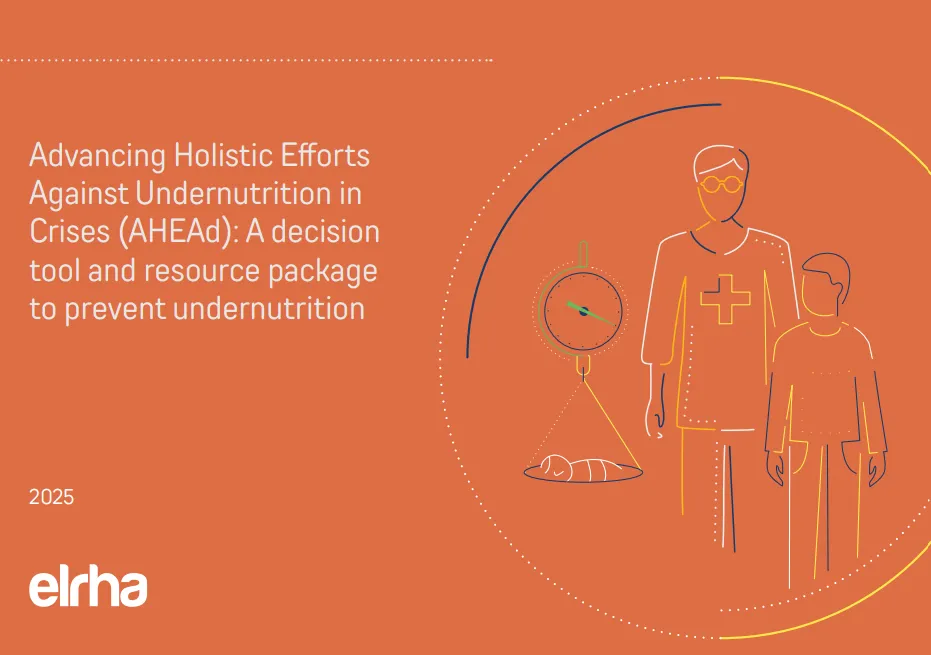

Advancing Holistic Efforts Against Undernutrition in Crises (AHEAd): A decision tool and resource package to prevent undernutrition
Text Link

Water and war: The effect of functioning chlorinated water stations in reducing waterborne diseases during conflict in northwest Syria, 2017–2021
Text Link

Quantifying the effects of attacks on health facilities on health service use in Northwest Syria: a case time series study from 2017 to 2019
Text Link

Meeting report: Advancing social and behavioural reserach for a community-centred public health response to mpox
Text Link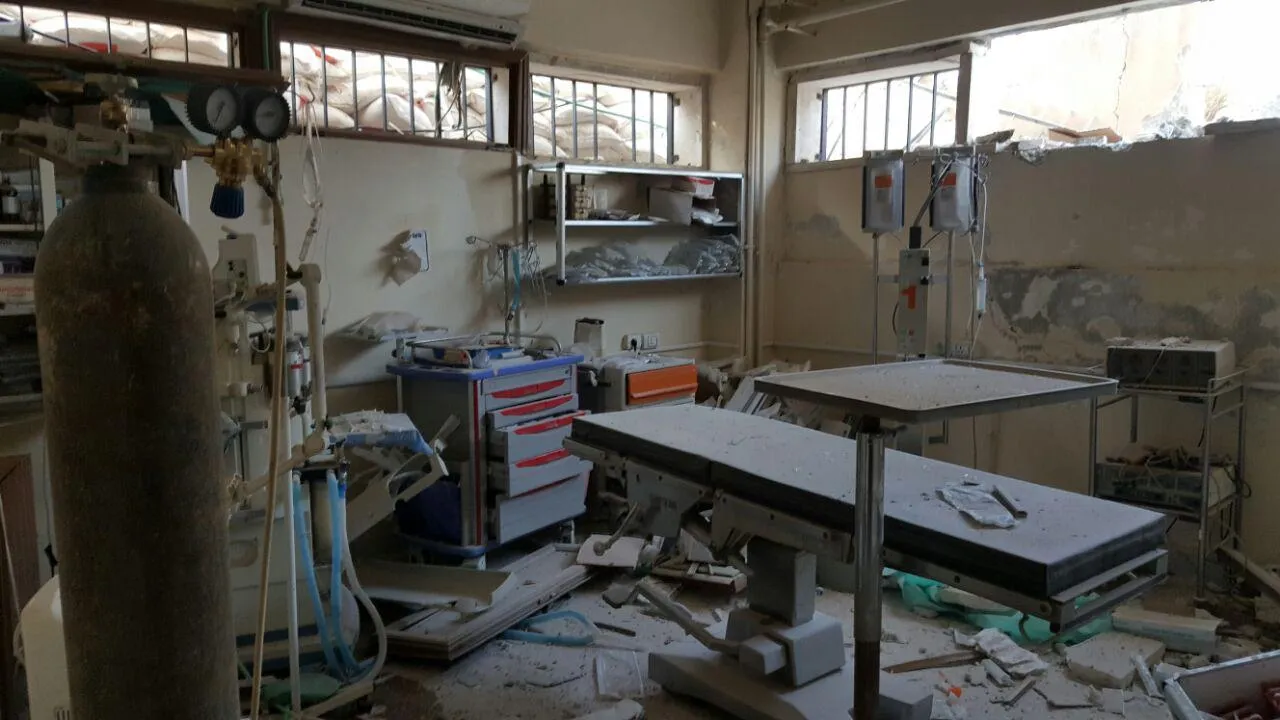


Impact Case Study: Studying the lasting impact of attacks on healthcare in conflict settings
Text Link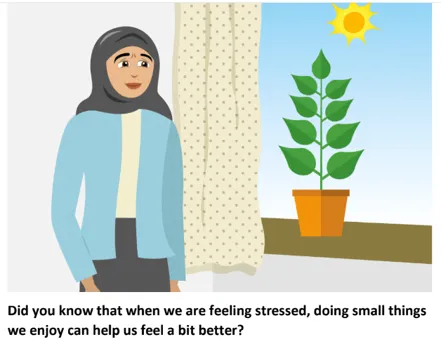


Impact Case Study: Evidencing the scale-up of a digital mental health intervention for depression
Text Link

Final Phase 1 Report: Moringa Leaves As Handwashing Product For Water And Soap Scarce Contexts
Text Link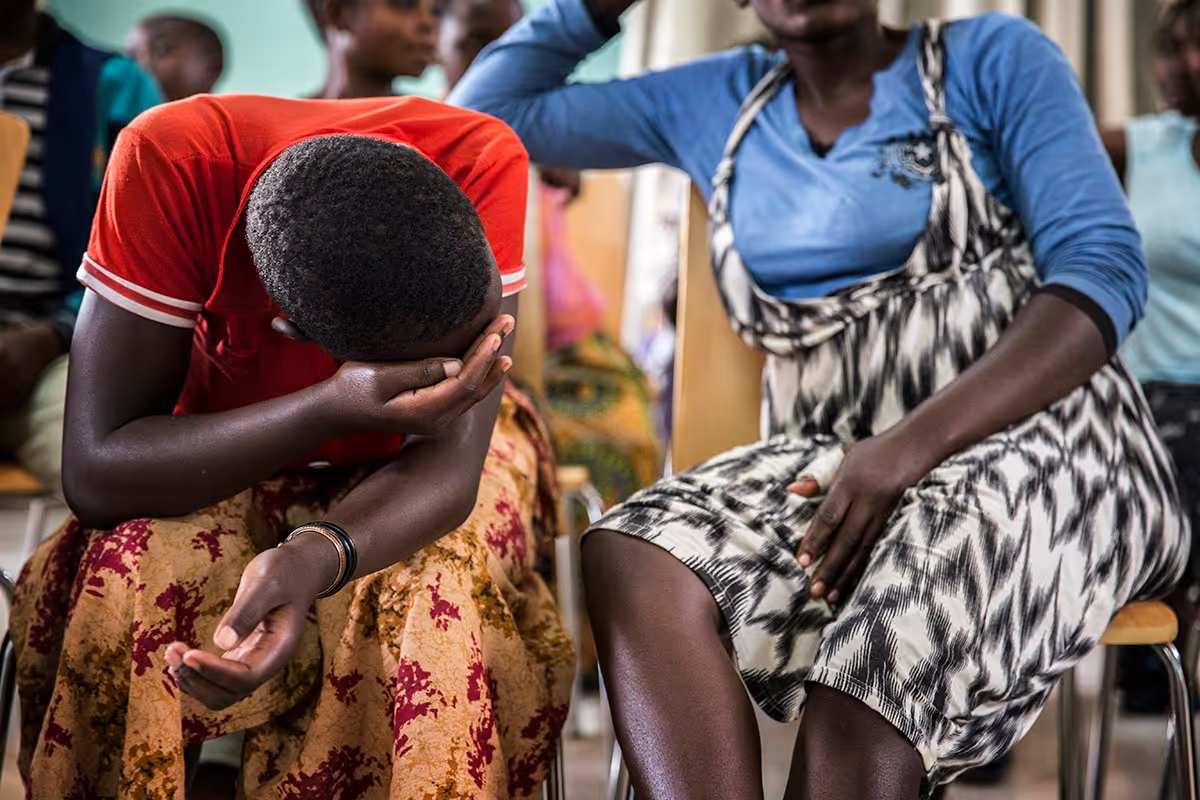


Final Research Report: Understanding the role of remittances in reducing risk to earthquakes
Text Link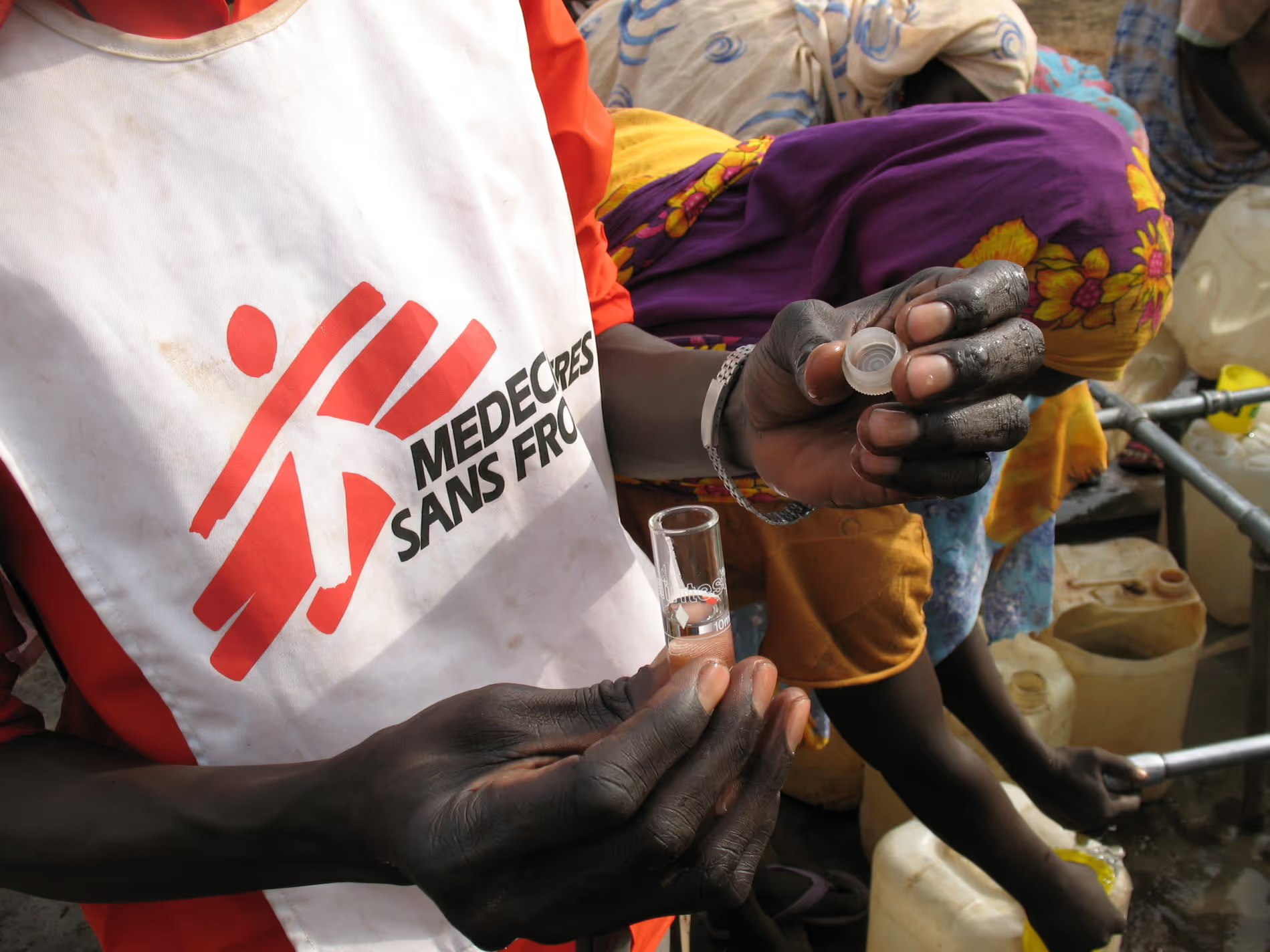


Final Report: Chemical water quality and impacts on the treatment of severely malnourished infants and children
Text Link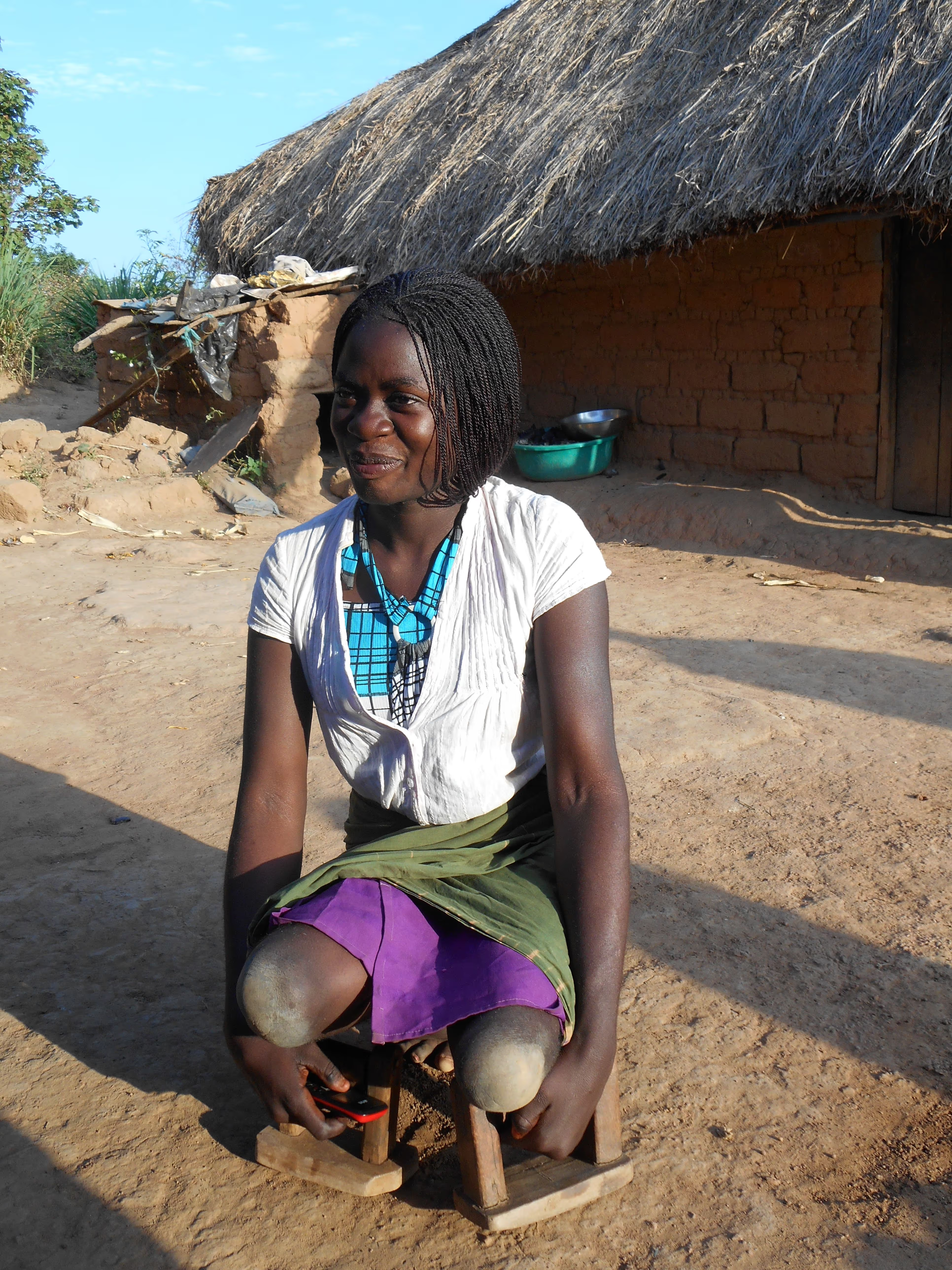


Final Report: Resource pack for faith leaders and community carers to support refugee/IDPs with disabilities
Text Link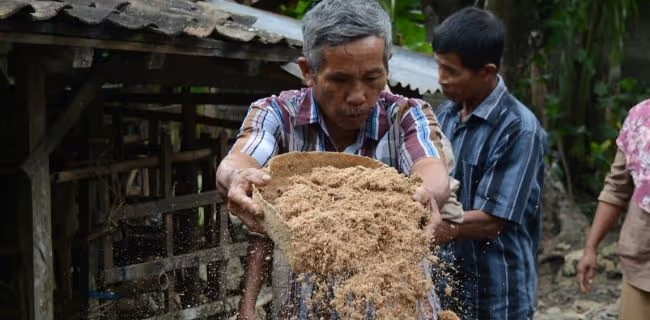


Final Report: Automated collection and verification of humanitarian information using crowdsourcing
Text Link


Final Report: Linking Interventions to Cultural Ceremonies and Practices to Reduce IPV Among Displaced Populations in Humanitarian Crises
Text Link

Final Report: OptiDiag - Improvements in the diagnosis of child undernutrition through assessment of emerging biomarkers of deprived metabolic status and vulnerability
Text Link

Final Report: Development and testing of a simplified, standardised, Mid Upper Arm Circumference (MUAC) bracelet
- Image courtesy of [Photographer/Artist Name]
- Image courtesy of [Photographer/Artist Name]
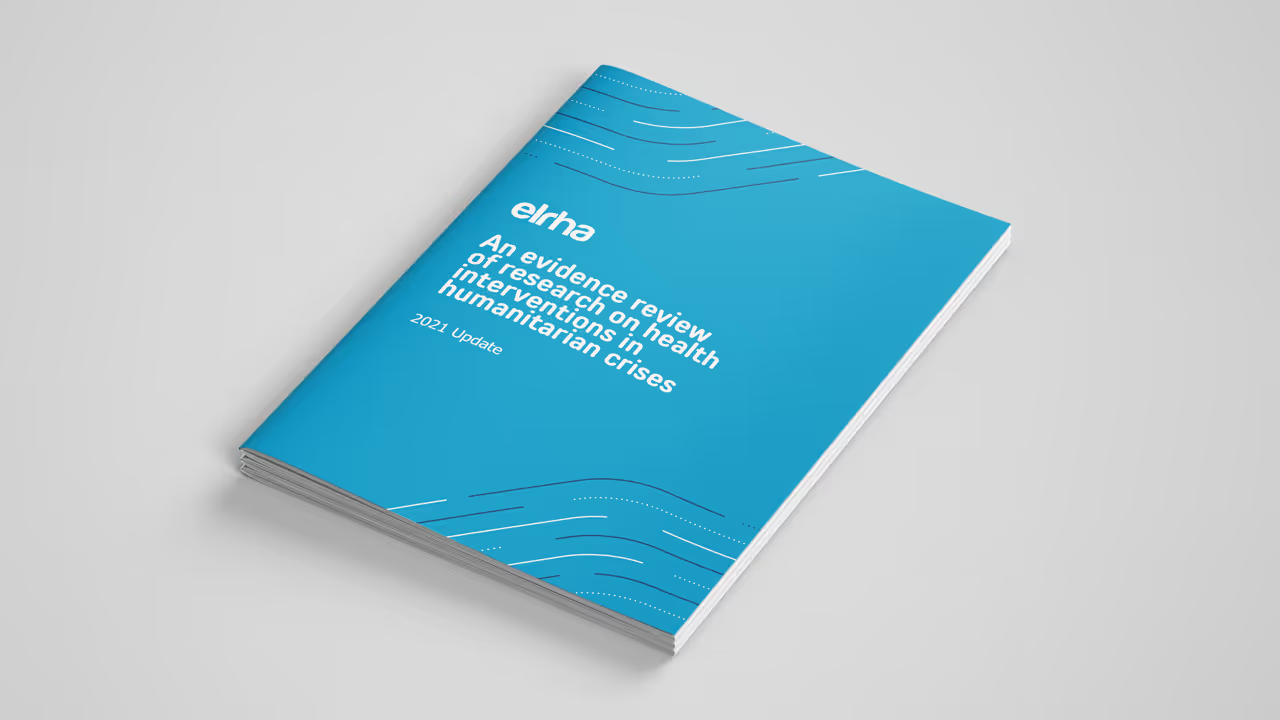
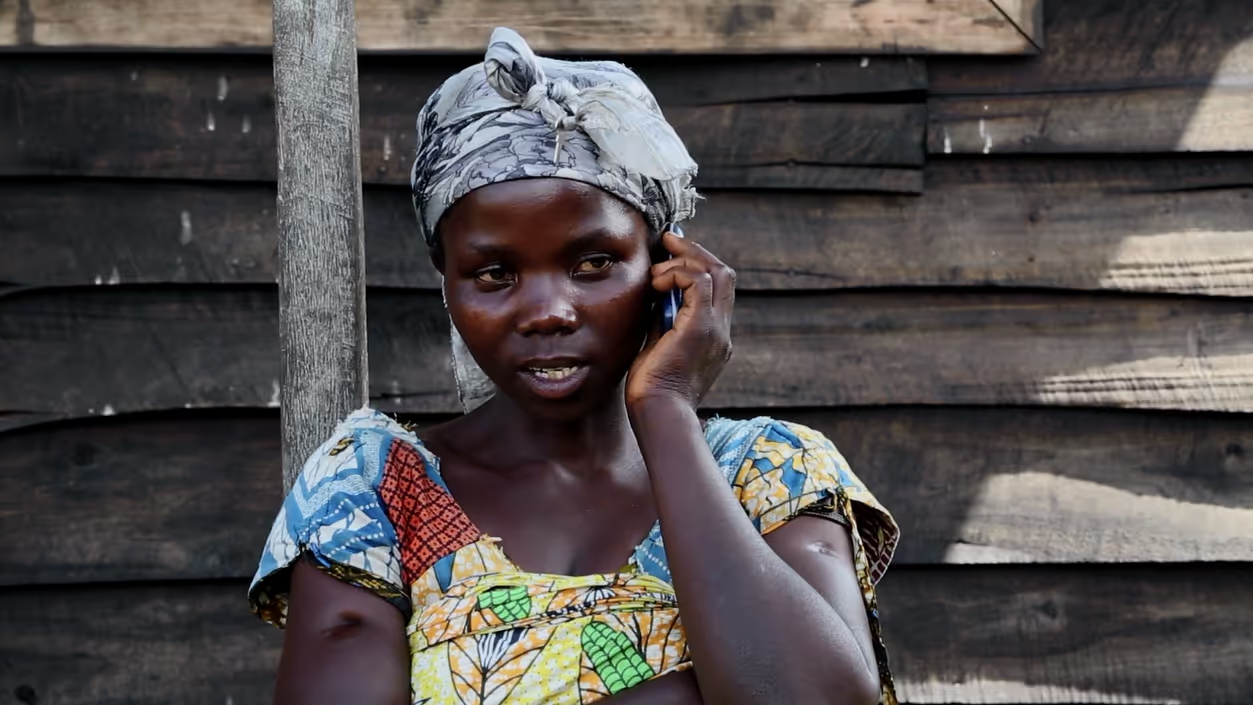
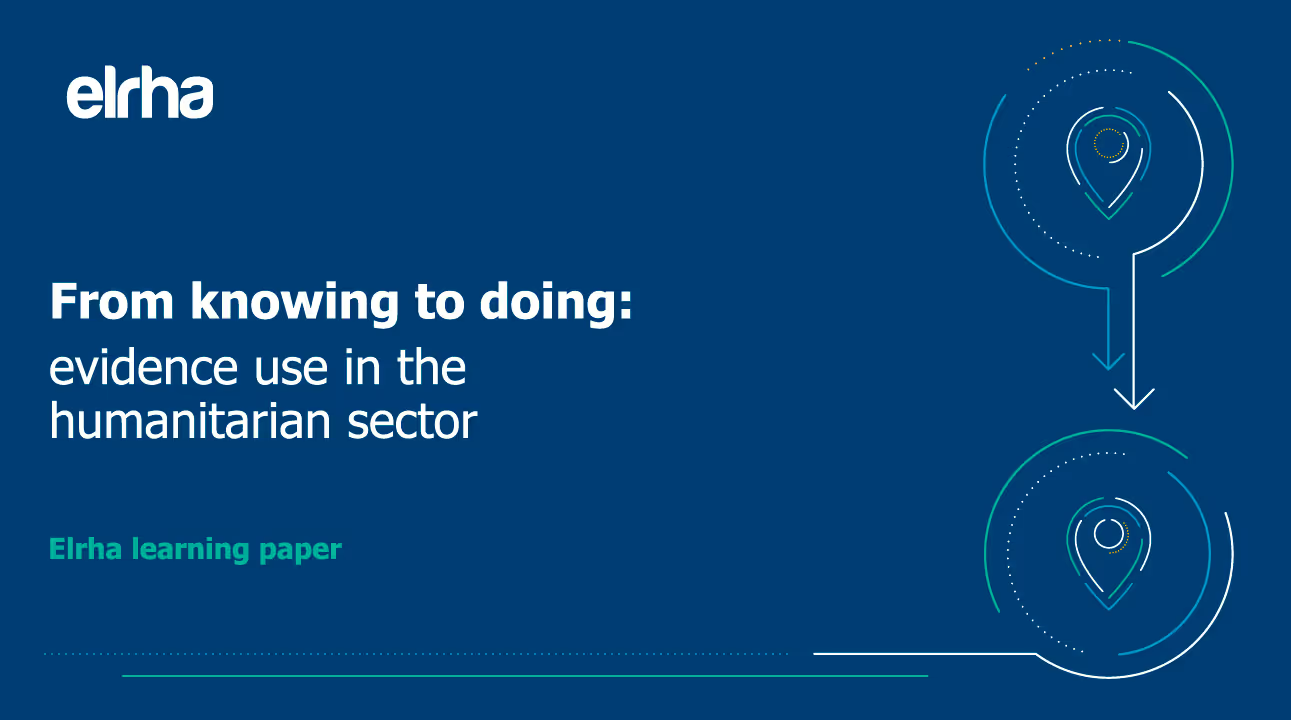
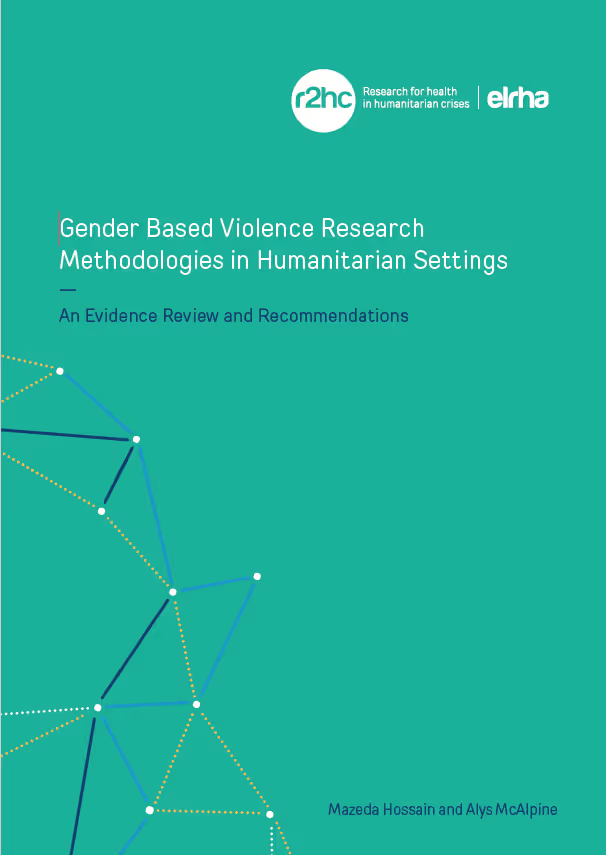

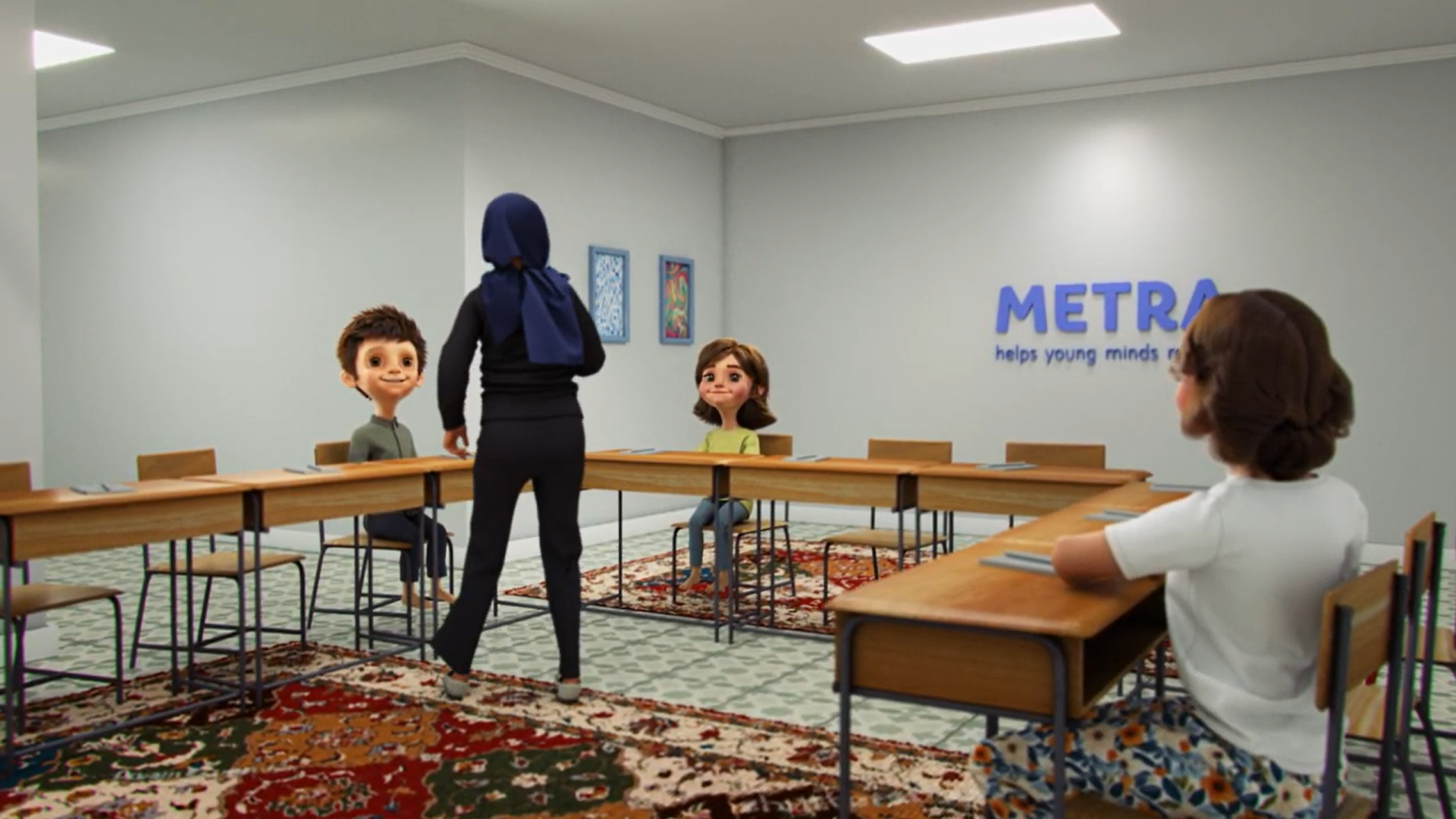
.webp)
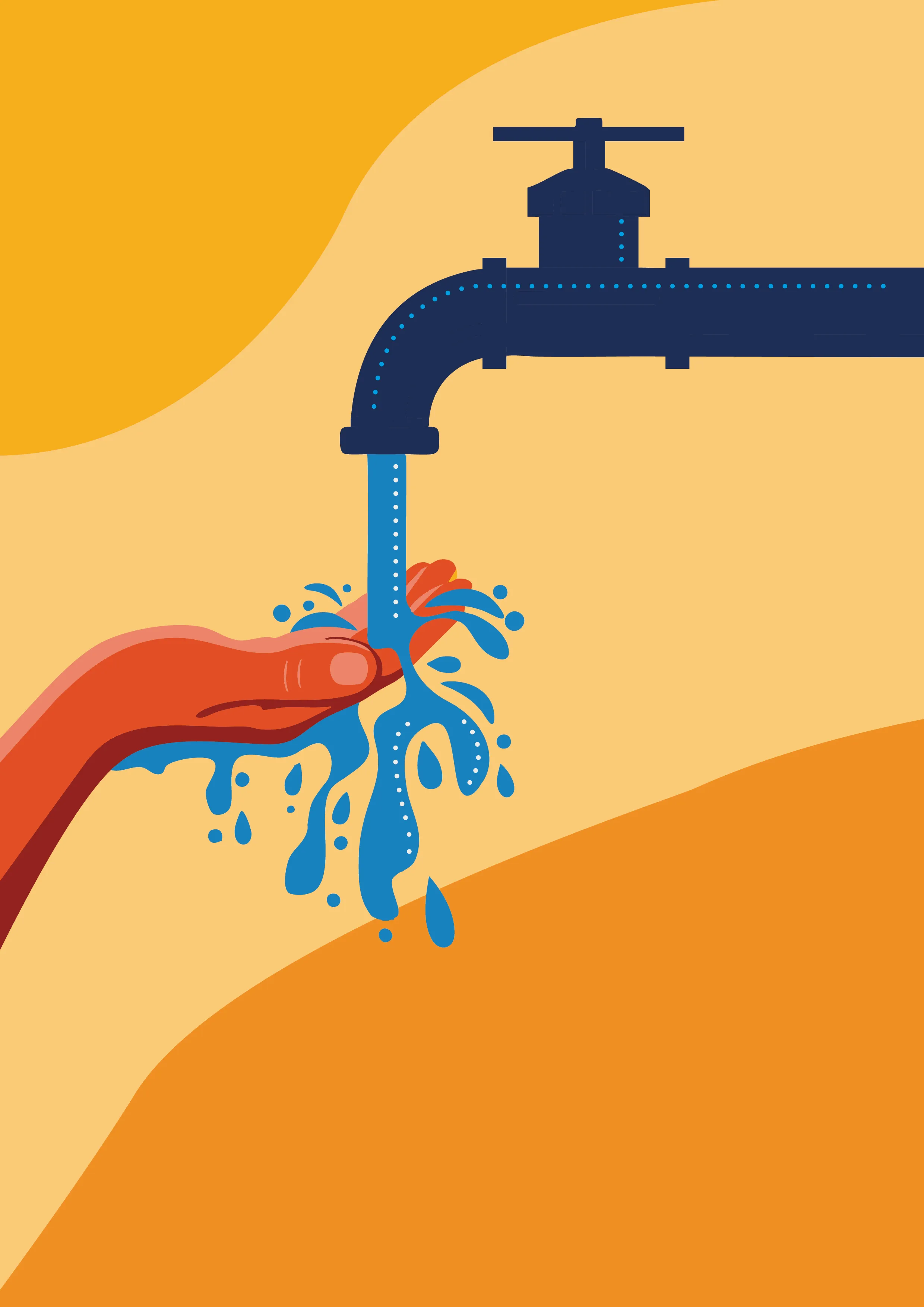
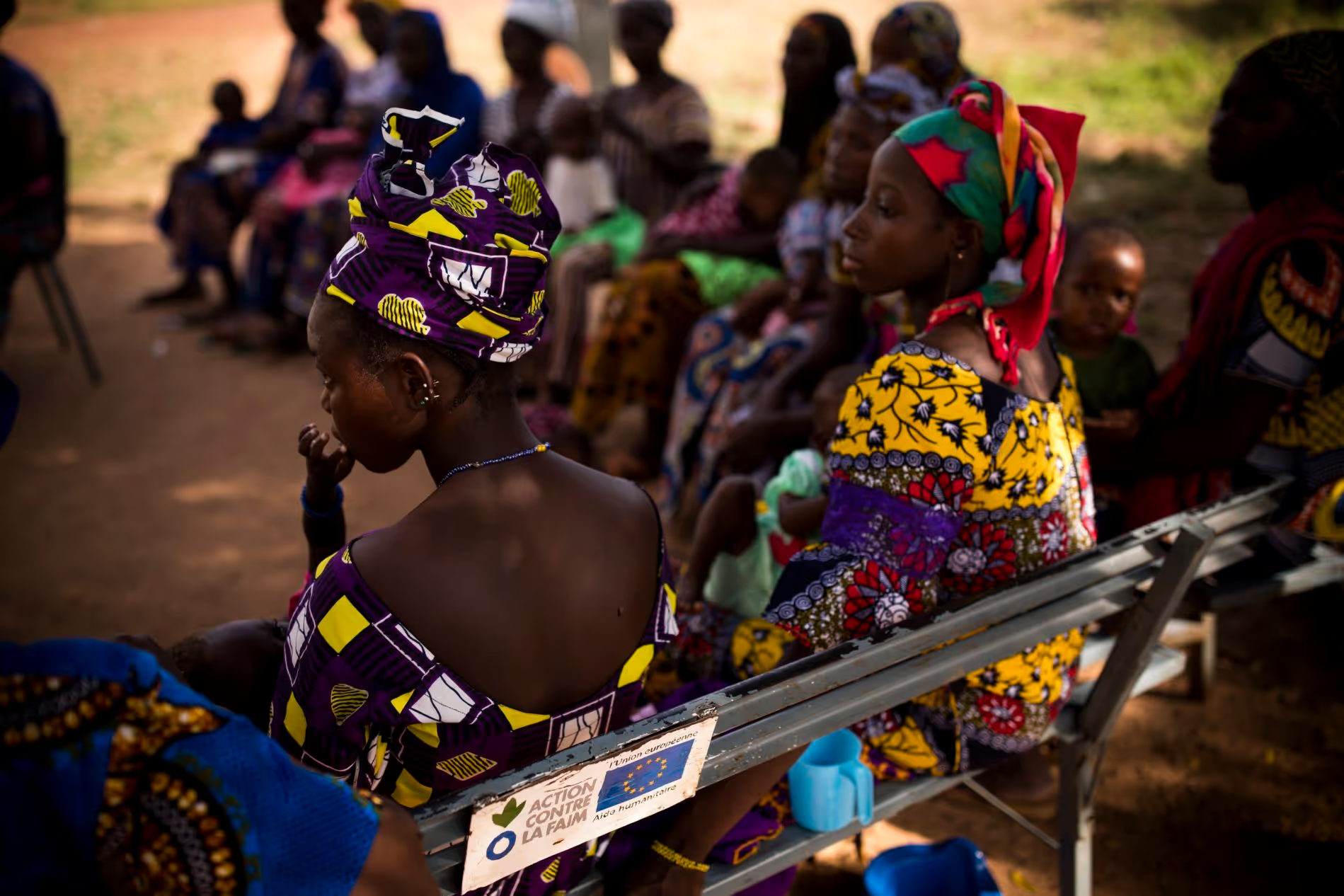
.webp)
